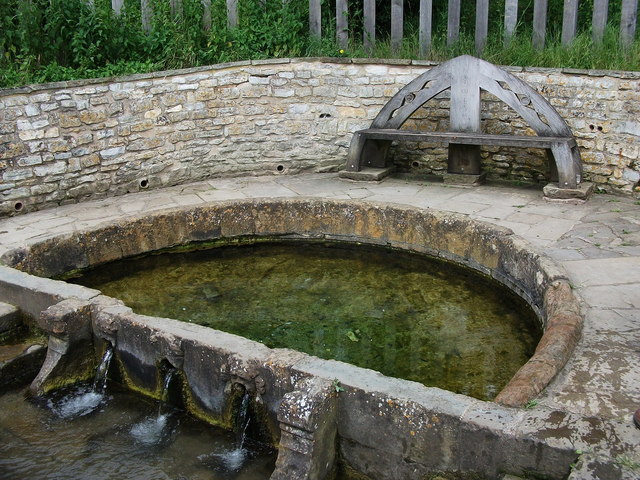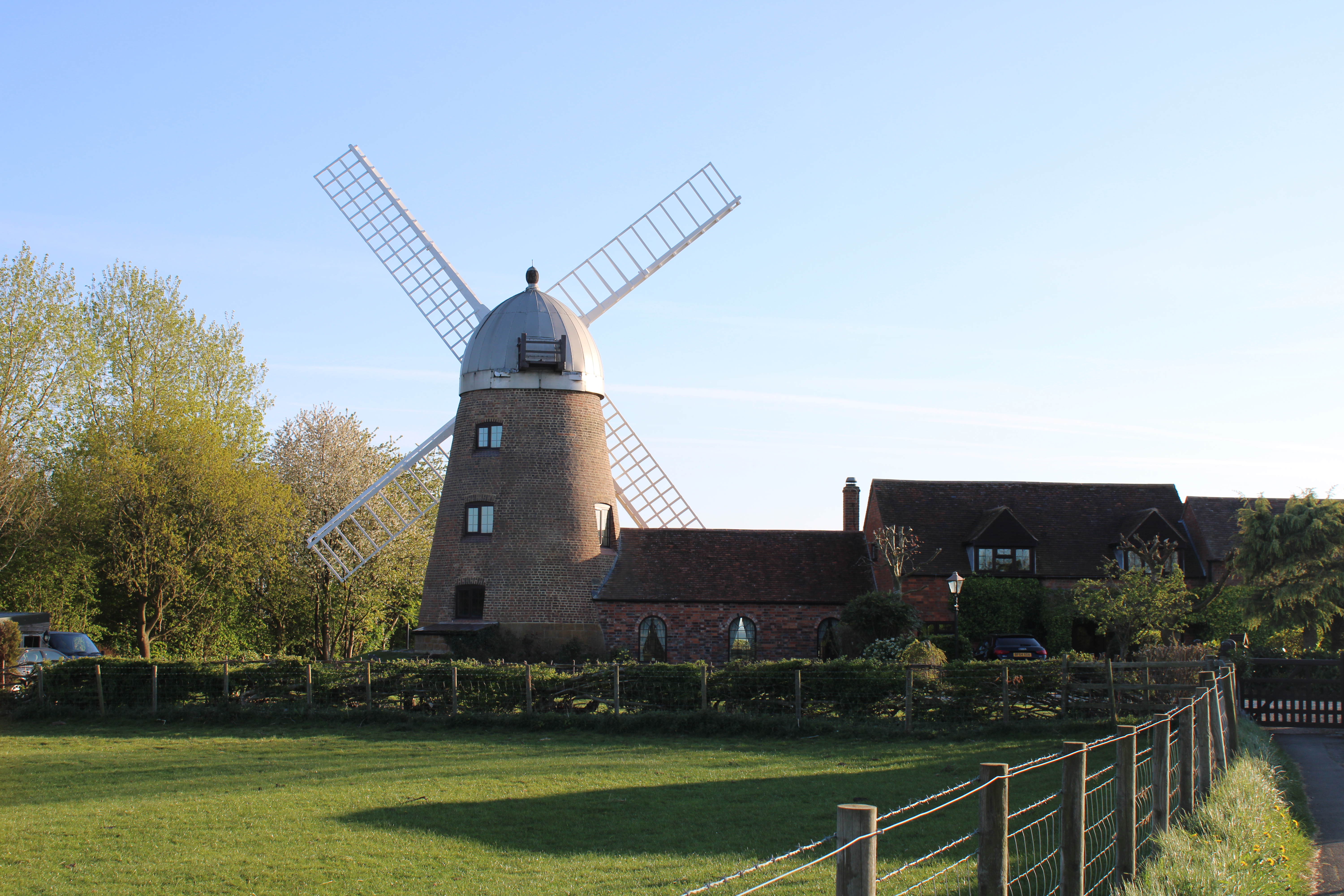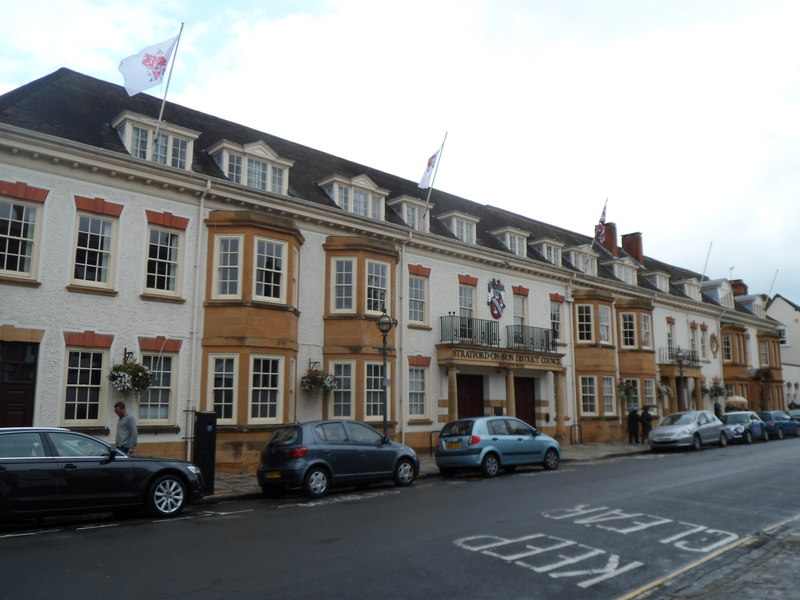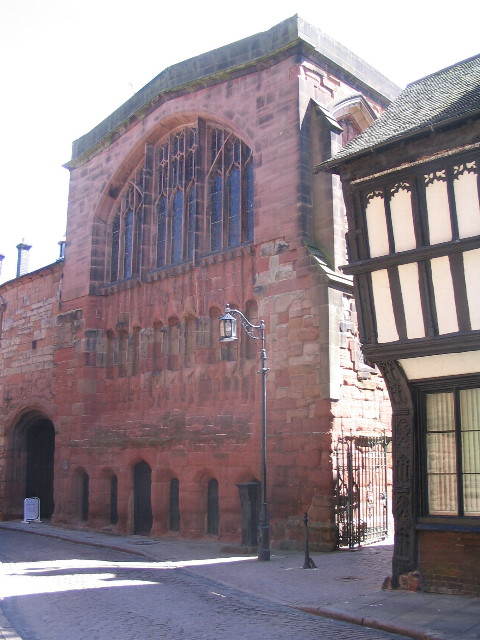|
Southam
Southam () is a market town and civil parish in the Stratford-on-Avon district of Warwickshire, England. Southam is situated on the River Stowe (called 'The Brook' by many locals), which flows from Napton-on-the-Hill and joins Warwickshire's River Itchen at Stoneythorpe, just outside the town. In the 2021 census, the population of Southam was 8,114, increased from 6,567 in 2011. History Southam was a Royal manor until AD 998, when Ethelred the Unready granted it to Earl Leofwine. When Coventry Priory was founded in 1043, Leofwine's son Leofric, Earl of Mercia granted Southam to it. The Domesday Book records the manor as "''Sucham''". The Priory, which in the 12th century became the first Coventry Cathedral, kept Southam until the 16th century when it surrendered all its estates to the Crown in the Dissolution of the Monasteries. Southam developed at the intersection of several roads: the main road between Coventry and Oxford (now the A423 road), the main road from Wa ... [...More Info...] [...Related Items...] OR: [Wikipedia] [Google] [Baidu] |
Kenilworth And Southam (UK Parliament Constituency)
Kenilworth and Southam is a constituency in Warwickshire, England represented in the House of Commons of the UK Parliament since 2010 by Jeremy Wright, a Conservative who served as Culture Secretary until 24 July 2019, having previously served as Attorney General for England and Wales from 2014 to 2018. Members of Parliament Constituency profile The seat is overwhelmingly rural; most properties have large plots and a substantial majority are semi-detached or detached. This is geographically one of the largest seats in the West Midlands and one of its safest Conservative seats. The historic town of Kenilworth, with a population of around 23,000, is the largest settlement in the area, with the small town of Southam (6,500) second. There are plenty of small villages, hamlets and farms elsewhere. The seat surrounds the much more urban Warwick and Leamington constituency on three sides. It also borders southern Coventry; Coventry Airport is just within in the constituency. ... [...More Info...] [...Related Items...] OR: [Wikipedia] [Google] [Baidu] |
Warwickshire
Warwickshire (; abbreviated Warks) is a county in the West Midlands region of England. The county town is Warwick, and the largest town is Nuneaton. The county is famous for being the birthplace of William Shakespeare at Stratford-upon-Avon and Victorian novelist George Eliot, (born Mary Ann Evans), at Nuneaton. Other significant towns include Rugby, Leamington Spa, Bedworth, Kenilworth and Atherstone. The county offers a mix of historic towns and large rural areas. It is a popular destination for international and domestic tourists to explore both medieval and more recent history. The county is divided into five districts of North Warwickshire, Nuneaton and Bedworth, Rugby, Warwick and Stratford-on-Avon. The current county boundaries were set in 1974 by the Local Government Act 1972. The historic county boundaries included Coventry, Sutton Coldfield and Solihull, as well as much of Birmingham and Tamworth. Geography Warwickshire is bordered by Leicestershire to the nort ... [...More Info...] [...Related Items...] OR: [Wikipedia] [Google] [Baidu] |
Oxford
Oxford () is a city in England. It is the county town and only city of Oxfordshire. In 2020, its population was estimated at 151,584. It is north-west of London, south-east of Birmingham and north-east of Bristol. The city is home to the University of Oxford, the List of oldest universities in continuous operation, oldest university in the English-speaking world; it has buildings in every style of Architecture of England, English architecture since late History of Anglo-Saxon England, Anglo-Saxon. Oxford's industries include motor manufacturing, education, publishing, information technology and science. History The history of Oxford in England dates back to its original settlement in the History of Anglo-Saxon England, Saxon period. Originally of strategic significance due to its controlling location on the upper reaches of the River Thames at its junction with the River Cherwell, the town grew in national importance during the early Norman dynasty, Norman period, and in ... [...More Info...] [...Related Items...] OR: [Wikipedia] [Google] [Baidu] |
Napton-on-the-Hill
Napton on the Hill, often referred to locally as just Napton, is a village and civil parish east of Southam in Warwickshire, England. The population of the civil parish taken at the 2011 census was 1,144. Manor The toponym Napton is derived from the Old English ''cnæpp'' meaning 'hilltop' and ''tūn'' meaning 'settlement' in the Old English language. In 1086 the ''Domesday Book'' recorded the village as ''Neptone''. The hill on which the village is built is just over above sea level, commanding the remainder of the parish which for the most part is at a height of about . The ''Domesday Book'' records that in 1086 Robert de Beaumont, Count of Meulan held the principal manor of Napton. In 1107 Henry I made de Beaumont Earl of Leicester and de Beaumont's manor at Napton became part of the honour of Leicester Castle. When Robert de Beaumont, 4th Earl of Leicester died in 1204 leaving no male heir his estates were divided between his two sisters. Napton was included in th ... [...More Info...] [...Related Items...] OR: [Wikipedia] [Google] [Baidu] |
Stratford-on-Avon (district)
Stratford-on-Avon is a local government district in southern Warwickshire, England. The district is named "Stratford-on-Avon" unlike its main town of Stratford-upon-Avon where the district council is based. The district is mostly rural and covers most of the southern half of Warwickshire. As well as Stratford, other significant places in the district includes the towns of Alcester, Southam, Shipston-on-Stour and Henley-in-Arden, and the large villages of Bidford-on-Avon, Studley and Wellesbourne, plus numerous other smaller villages and hamlets. It borders the Warwickshire districts of Warwick to the north, and Rugby to the north-east. It also borders the neighbouring counties of the West Midlands, Worcestershire, Gloucestershire, Oxfordshire, and Northamptonshire. History The district was formed on 1 April 1974 under the Local Government Act 1972 by the merger of the municipal borough of Stratford-upon-Avon, Alcester Rural District, Shipston-on-Stour Rural District ... [...More Info...] [...Related Items...] OR: [Wikipedia] [Google] [Baidu] |
Daventry
Daventry ( , historically ) is a market town and civil parish in the West Northamptonshire unitary authority in Northamptonshire, England, close to the border with Warwickshire. At the 2021 Census Daventry had a population of 28,123, making it the sixth largest town in Northamptonshire. Geography The town is north-northwest of London via the M1 motorway, west of Northampton, southwest of Rugby. and north-northeast of Banbury. Other nearby places include: Southam, Coventry and the villages of Ashby St Ledgers, Badby, Barby, Braunston, Byfield, Charwelton, Dodford, Dunchurch, Everdon, Fawsley, Hellidon, Kilsby, Long Buckby, Newnham, Norton, Staverton, Welton, Weedon, and Woodford Halse. The town is twinned with Westerburg, Germany. The town sits at around above sea level. To the north and west the land is generally lower than the town. Daventry sits on the watershed of the River Leam which flows to Leamington Spa, Warwick and the west of England and ... [...More Info...] [...Related Items...] OR: [Wikipedia] [Google] [Baidu] |
Coventry
Coventry ( or ) is a city in the West Midlands, England. It is on the River Sherbourne. Coventry has been a large settlement for centuries, although it was not founded and given its city status until the Middle Ages. The city is governed by Coventry City Council. Formerly part of Warwickshire until 1451, Coventry had a population of 345,328 at the 2021 census, making it the tenth largest city in England and the 12th largest in the United Kingdom. It is the second largest city in the West Midlands region, after Birmingham, from which it is separated by an area of green belt known as the Meriden Gap, and the third largest in the wider Midlands after Birmingham and Leicester. The city is part of a larger conurbation known as the Coventry and Bedworth Urban Area, which in 2021 had a population of 389,603. Coventry is east-south-east of Birmingham, south-west of Leicester, north of Warwick and north-west of London. Coventry is also the most central city in Englan ... [...More Info...] [...Related Items...] OR: [Wikipedia] [Google] [Baidu] |
A423 Road
The A423 road is a primary A road in England in two sections. The main section leads from central Banbury to the A45 near Coventry. Route It starts in Banbury town centre as Southam Road and goes through the Southam Road Industrial Estate, then just north of Banbury it crosses over the M40, from there it passes close to several Warwickshire villages until it becomes part of the Southam by-pass, it then goes through Long Itchington and Marton before merging with the A45 near Ryton. The other section of the A423 is part of the Oxford Ring Road between the A34 Hinksey Hill interchange and the A4142/A4074 Heyford Hill roundabout, a distance of . The section, carrying 50,000 vehicles per day, includes a bridge over the Cherwell Valley railway line and Hinksey Stream. The bridge is in need of replacement which is expected to cost £90 million with work starting in 2023 and completion in 2026. The replacement will include work for the Oxford Flood Alleviation Scheme, ... [...More Info...] [...Related Items...] OR: [Wikipedia] [Google] [Baidu] |
Warwick
Warwick ( ) is a market town, civil parish and the county town of Warwickshire in the Warwick District in England, adjacent to the River Avon. It is south of Coventry, and south-east of Birmingham. It is adjoined with Leamington Spa and Whitnash. It has ancient origins and an array of historic buildings, notably from the Medieval, Stuart and Georgian eras. It was a major fortified settlement from the early Middle Ages, the most notable relic of this period being Warwick Castle, a major tourist attraction. Much was destroyed in the Great Fire of Warwick in 1694 and then rebuilt with fine 18th century buildings, such as the Collegiate Church of St Mary and the Shire Hall. The population was estimated at 37,267 at the 2021 Census. History Neolithic Human activity on the site dates back to the Neolithic, when it appears there was a sizable settlement on the Warwick hilltop. Artifacts found include more than 30 shallow pits containing early Neolithic flints and potter ... [...More Info...] [...Related Items...] OR: [Wikipedia] [Google] [Baidu] |
Welsh Road
The Welsh Road, also known as the Welshman's Road or the Bullock Road, was a drover's road running through the English Midlands, used for transporting cattle from North Wales to the markets of South East England. Drovers and their herds would follow the line of Watling Street from Shrewsbury and over Cannock Chase to Brownhills, from where the Welsh Road ran through Stonnall, Castle Bromwich, Stonebridge, Kenilworth, Cubbington, Offchurch, Southam, Priors Hardwick, Boddington, Culworth, Sulgrave, Syresham, Biddlesden, and Buckingham. The age of the route is not known. The parish records of Helmdon record money being given in 1687 "to a poor Welshman who fell sick on his journey driving beasts to London", but many lengths of the road coincide with parish or manorial boundaries, suggesting that it probably formed an ancient trackway dating to the pre-Roman era. The northern section of the route from Brownhills to Stonebridge was made a turnpike by the Broughton, C ... [...More Info...] [...Related Items...] OR: [Wikipedia] [Google] [Baidu] |
Domesday Book
Domesday Book () – the Middle English spelling of "Doomsday Book" – is a manuscript record of the "Great Survey" of much of England and parts of Wales completed in 1086 by order of King William I, known as William the Conqueror. The manuscript was originally known by the Latin name ''Liber de Wintonia'', meaning "Book of Winchester", where it was originally kept in the royal treasury. The '' Anglo-Saxon Chronicle'' states that in 1085 the king sent his agents to survey every shire in England, to list his holdings and dues owed to him. Written in Medieval Latin, it was highly abbreviated and included some vernacular native terms without Latin equivalents. The survey's main purpose was to record the annual value of every piece of landed property to its lord, and the resources in land, manpower, and livestock from which the value derived. The name "Domesday Book" came into use in the 12th century. Richard FitzNeal wrote in the '' Dialogus de Scaccario'' ( 1179) that the bo ... [...More Info...] [...Related Items...] OR: [Wikipedia] [Google] [Baidu] |




-_geograph.org.uk_-_1729537.jpg)


